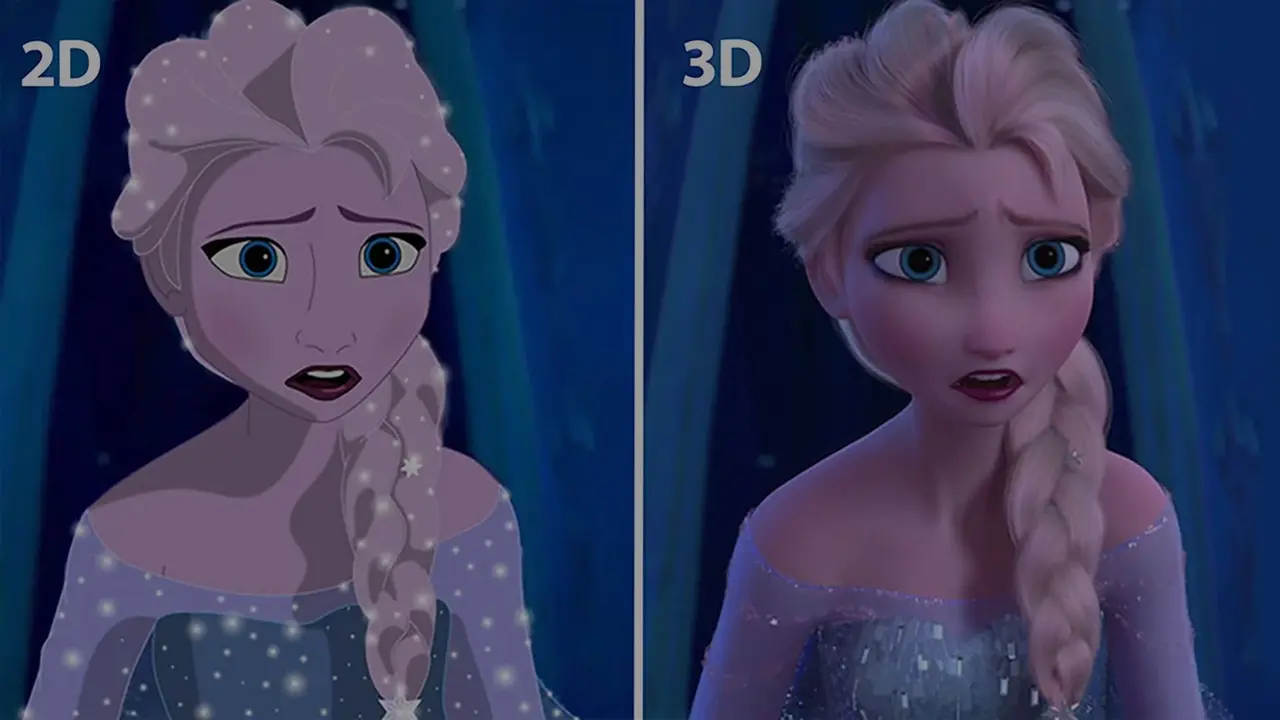Now, thanks to his work, you can quickly create a high-quality 3D structure of the material, based only on the image of its cross section. Traditional methods of “digitizing” 3D samples require much more time and cost.
Perm scientists have proposed a method for restoring a statistically equivalent 3D model of a porous microstructure using a neural network. This learning algorithm differs from previous developments in that it does not require the use of element-by-element components in the optimized objective function.
The advantage of the new algorithm is its stability and increased quality of the created 3D structures. Experiments have shown that the visual and quantitative predictions of the three-dimensional models reconstructed by the neural network exactly correspond to the original structures, and the synthesis process occurs almost instantly.
Source: Ferra
I am a professional journalist and content creator with extensive experience writing for news websites. I currently work as an author at Gadget Onus, where I specialize in covering hot news topics. My written pieces have been published on some of the biggest media outlets around the world, including The Guardian and BBC News.











